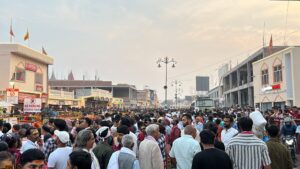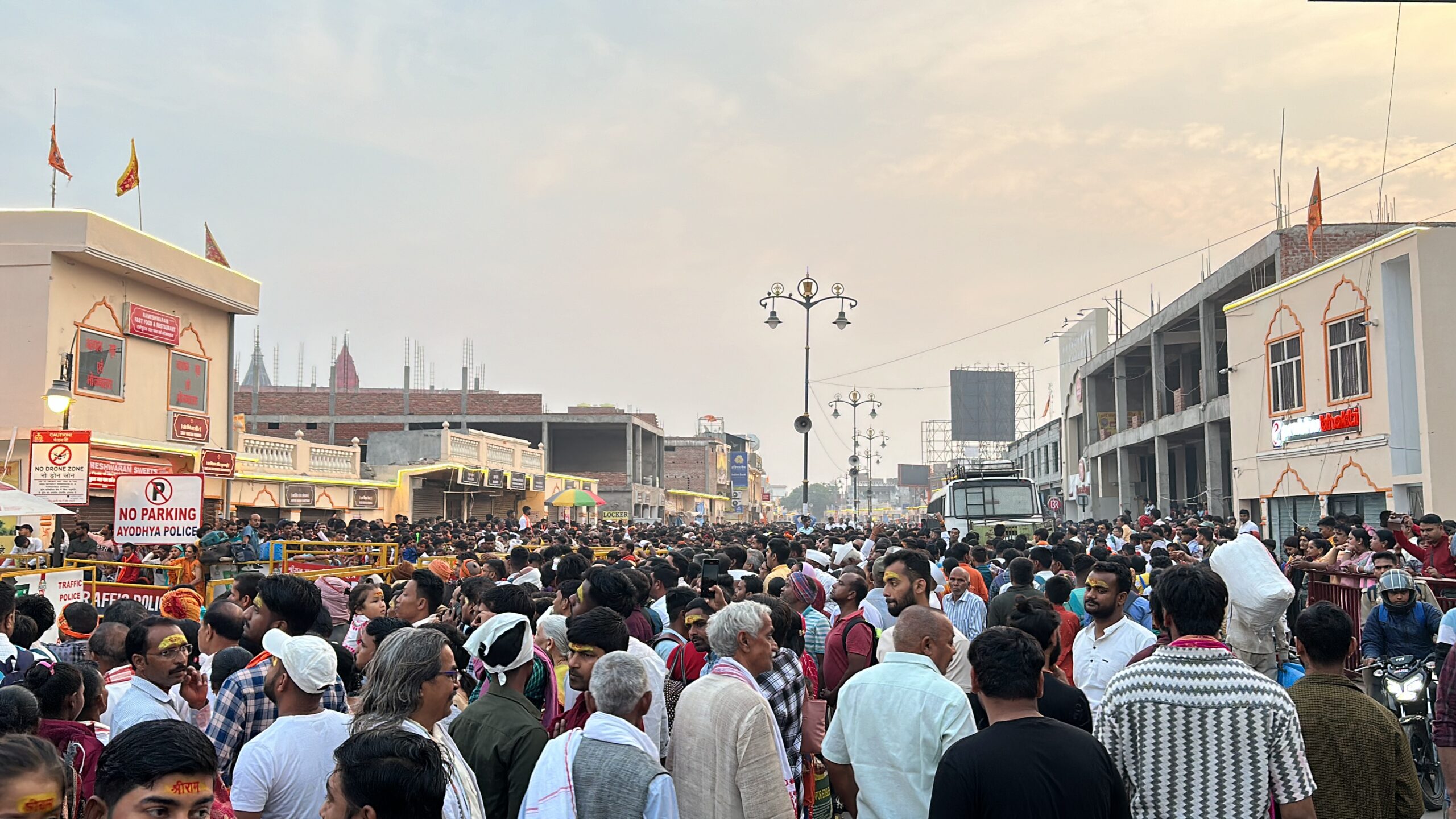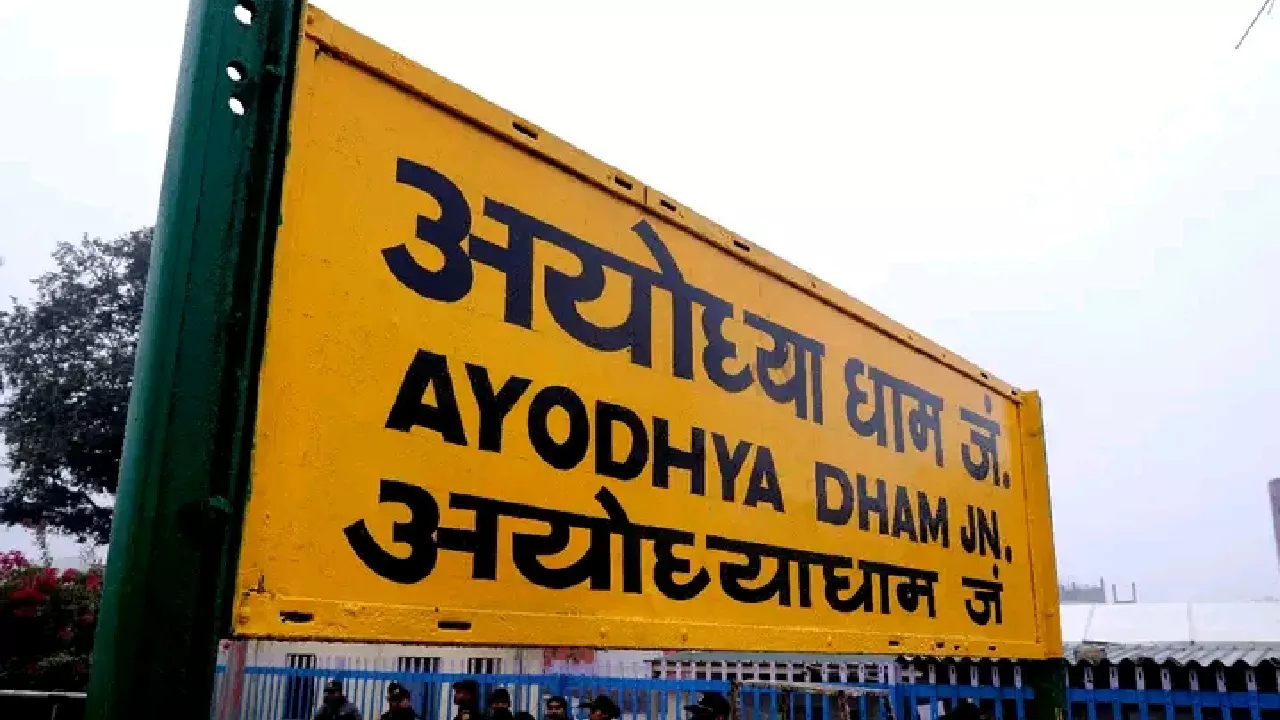How to escape crowds and have a good time in Ayodhya
Ayodhya, a city steeped in spiritual significance and historical grandeur, draws devotees and tourists from all over the world. To fully appreciate its rich cultural heritage and serene atmosphere, careful planning is key. Whether you’re visiting for spiritual reasons or simply to explore its historical sites, choosing the right time can significantly enhance your experience. Here’s a comprehensive guide on the best time to visit Ayodhya, along with tips to avoid crowds and make the most of your journey.
-
Timing Your Visit: Avoiding the Early Morning Rush
One of the best ways to enjoy Ayodhya’s spiritual ambiance is by avoiding the early morning rush. Many local villagers and devotees arrive at the temples before dawn, leading to long queues and crowded conditions. While most temples in Ayodhya, including the Ram Janmabhoomi Temple, open around 7 AM, arriving too early can mean standing in long lines and navigating through dense crowds.

Avoid early morning visits to Ayodhya temples to escape dense crowds.
Optimal Timing:
To avoid this rush, consider visiting in the evening when most visitors have returned from Ayodhya. Accomodation in Ayodhya is still limited so most visitor plan day trip with nearby cities as base so they usually have to return by 5pm. By this time, the initial surge of devotees has usually subsided, allowing for a more peaceful experience. Alternatively, evening visits can also be tranquil, especially as the day cools and the temples are beautifully illuminated.
-
Navigating Security Checks
Security protocols at Ayodhya’s temples are stringent, with thorough checks for bags, electronic devices, and footwear. These procedures can lead to delays, particularly during peak hours when the crowd is at its peak. It’s essential to account for this time when planning your visit. If possible leave all items at your hotel or in your car. However if you do get stuck with large crowd and long queues then you can have one member stay back with your items and the rest can go visit the temple. The return visitors & waiting person can meet up near the place where the shoe deposit is post-security check. Upon return of visiting group the remaining member can go visit the temple. Though the group is divided trust us this will save you a lot of time and inconvenience.

Shoe rack deposit at Ram Janmabhoomi Temple: A step in preparing for a respectful visit.
Tip:
To minimize waiting time, plan to arrive at the temples during less busy periods, such as midday or early evening. This not only helps in avoiding long queues at security checkpoints but also makes the process of submitting shoes and electronic devices smoother and quicker. Take the right most queues as they are usually the fastest.
-
Weather Considerations: Choosing the Right Season
Ayodhya experiences a varied climate, and weather conditions can greatly affect your visit. The city’s peak summer months (April to June) can be extremely hot, often reaching uncomfortable temperatures. Meanwhile, the monsoon season (July to September) brings heavy rains, which can disrupt travel plans and make sightseeing less enjoyable.
Best Time to Visit:
The ideal time to visit Ayodhya is during the cooler months, from October to March. During this period, the weather is moderate and pleasant, making it perfect for exploring the city’s temples and historical sites. The winter months, in particular, offer a comfortable climate for outdoor activities.
From April to June, Ayodhya experiences intense heat, often reaching uncomfortable temperatures. It’s advisable to stay hydrated and plan your visit during the cooler parts of the day if you choose to travel during these months. The monsoon season, from late June through September, brings heavy rains, which can lead to muddy conditions and waterlogging in some areas, potentially disrupting travel plans.

Stay refreshed with accessible drinking water stations on the walkway from Ayodhya Police Line to Ram Mandir.
To ensure a smooth and enjoyable visit, aim for the cooler months and prepare accordingly for the weather if you visit during the hotter or rainy periods.
-
Avoiding Major Festivals and Holidays
While Ayodhya’s festivals are vibrant and full of cultural significance, they also attract large crowds. Major festivals like Diwali, Ram Navami, and Dussehra see an influx of devotees, which can lead to overcrowding. If you prefer a quieter experience, it’s best to avoid visiting during these times.
Recommendation:
Check the local calendar for festival dates and plan your visit around them. Opting for a time outside of major festivities ensures a more serene experience, allowing you to fully immerse yourself in the spiritual and historical aspects of the city.
Conclusion
Visiting Ayodhya is a journey into the heart of Indian spirituality and history. To make the most of your trip, plan thoughtfully around the timing of your visit, taking into account the best times of day, weather conditions, and local events. By avoiding the early morning rush, navigating security checks efficiently, and choosing the cooler months for your visit, you can ensure a smooth and enriching experience. Whether you’re exploring the iconic temples or simply soaking in the serene atmosphere, a well-planned trip to Ayodhya will leave you with lasting memories and a deeper appreciation for this sacred city.



